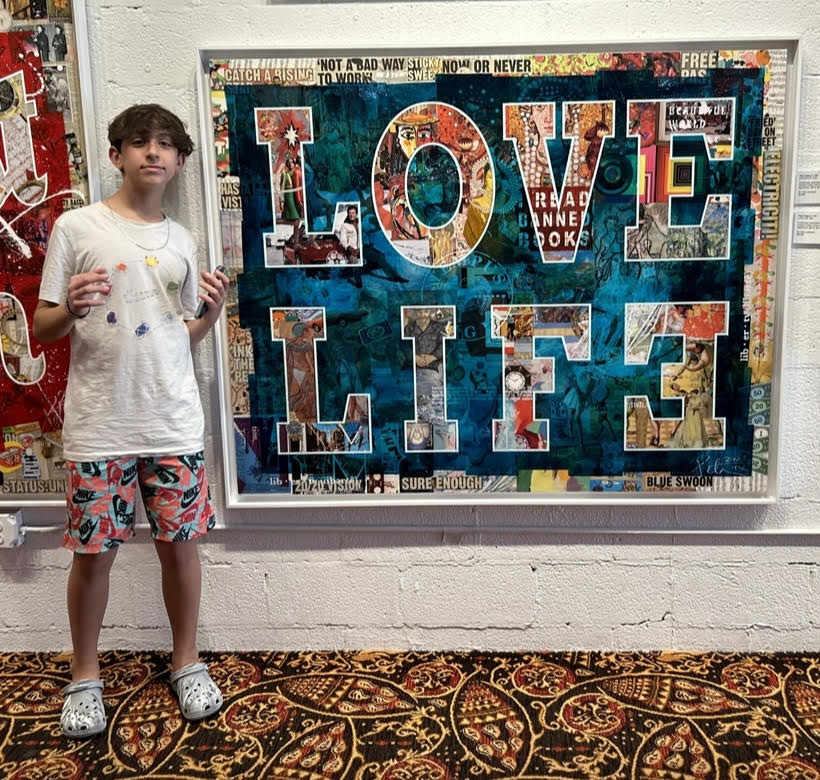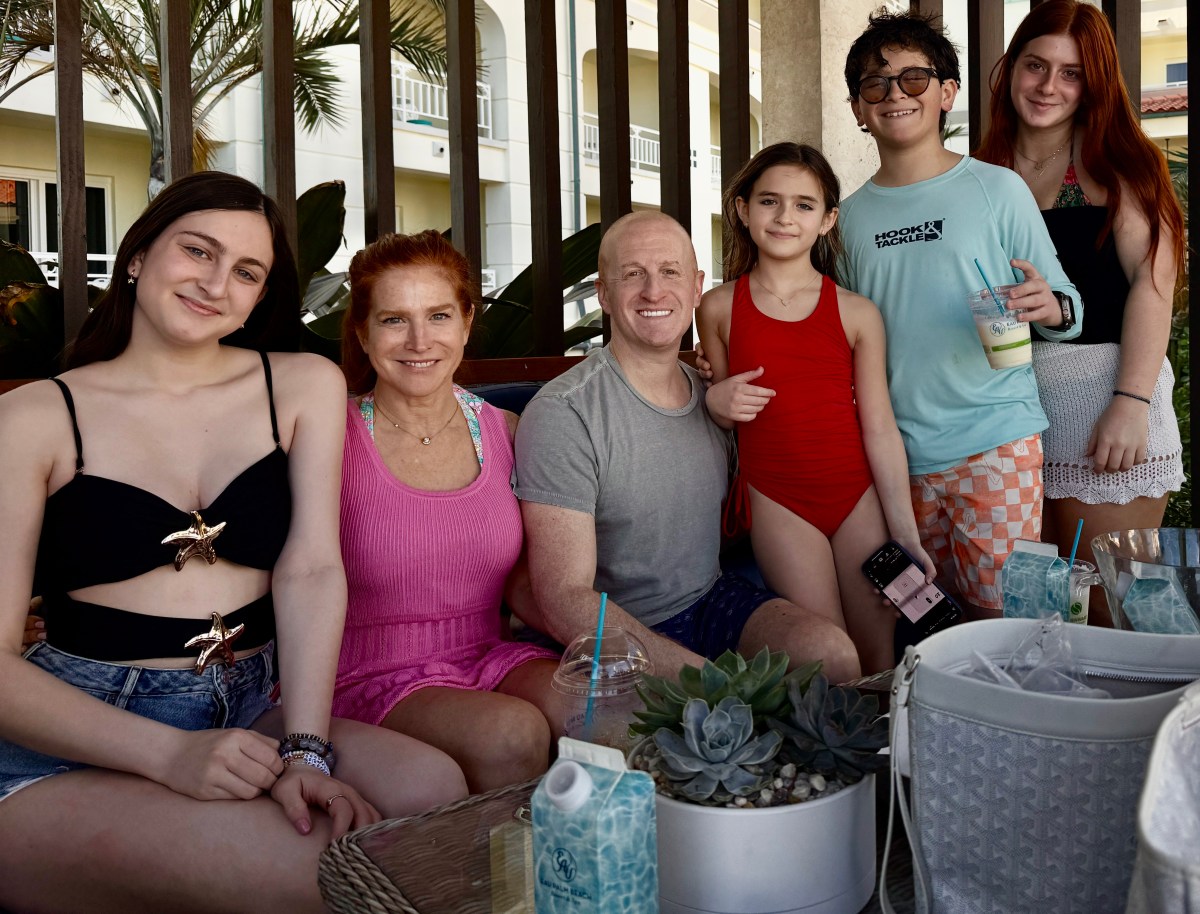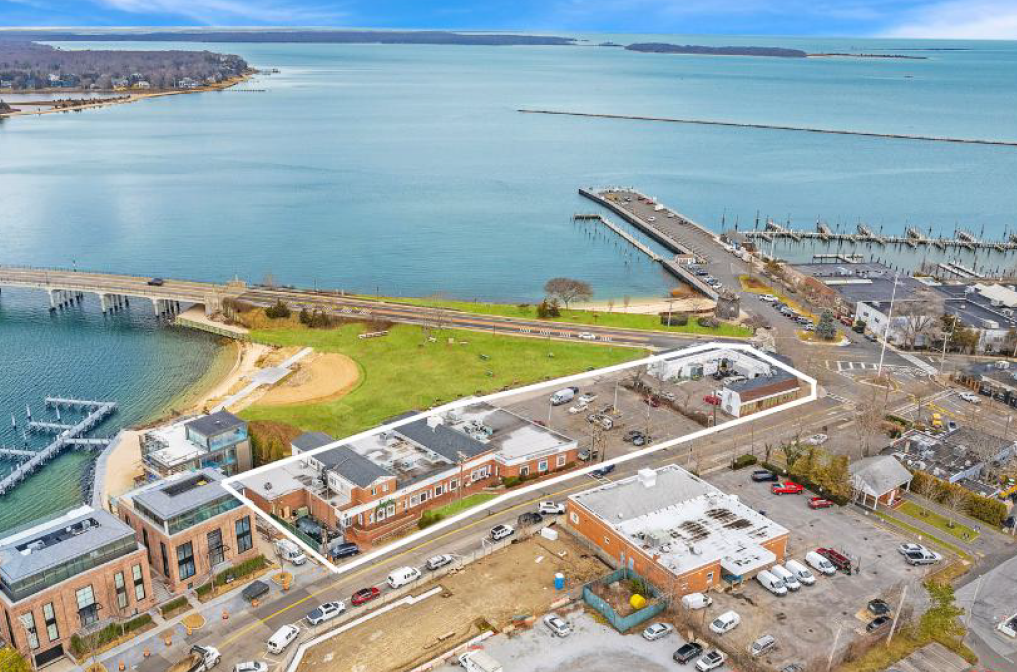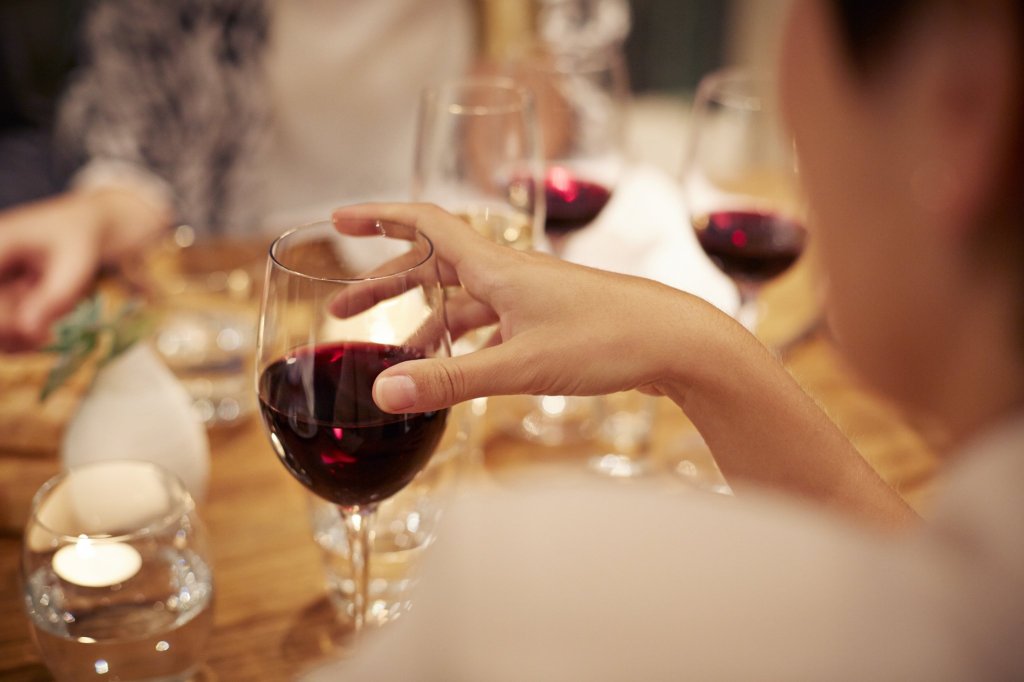Dan's Papers Cover Artist Gregori Oleanik Explains 'Walking the Dogs'
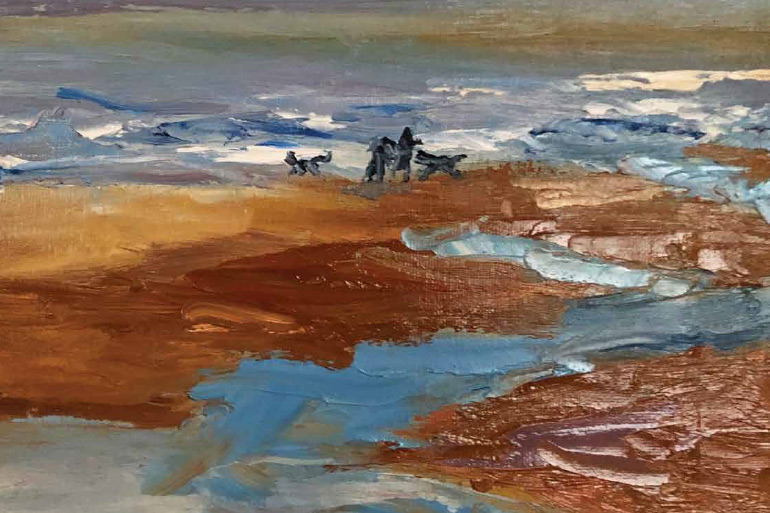
Gregori Oleanik’s “Walking the Dogs” shows a scene many East Enders with pets are likely to recognize. Oleanik’s striking painting is a reminder that beaches are synonymous with the East End, no matter what time of year.

What was the inspiration for this work?
This was painted on location (en plein air) at Crab Meadow Beach in Northport on an early winter’s day. The tide had gone out and I had to paint fast, time nor tide wait for no man. The receding ocean left interesting pools that reflected the sky. I used only palette knives and mixed my colors right out of the tube and on the canvas.
Talk about your impressionist art style.
When I first started painting, I thought it was so important to paint as realistically as possible, and then I went to the Museum of Modern Art. I saw the paintings of the French Impressionists of the mid-1800s. This was like a revelation for me—the light and colors, the seemingly free and loose style of painting, the brushstrokes capturing the artist’s feeling or experience, rather than accurate depiction. It was then that I realized I was working too hard and not having fun.
On your blog, you mention “impasto.” Talk about the meaning of this.
In Italian and Latin it loosely translates to “paste.” It’s the painting technique of laying on the paint thickly so that it stands out from the surface and gives the painting texture. It’s also painting wet on wet, meaning I don’t use a palette to mix my colors. Rather, I mix my colors right on the canvas.
How has living on Long Island informed your work?
Long Island is just over 1,400 square miles. Within this area you can see anything from small towns, manufacturing and office space, farmland, vineyards, the Long Island Sound and the Atlantic Ocean. It’s an artist’s paradise.
If you could sit down with any artist past or present, who would it be and what would you talk about?
It’s a toss-up between Vincent van Gogh and Claude Oscar Monet. If I can only choose one, I’d like to meet “the Father of Impressionism,” Monet. He was the artist that transitioned from Realism to Impressionism and brought the show outdoors to paint “en plein air.” I would want to know how he came up with this momentous change to the art world that wasn’t accepted at all, at first.
What are some of your favorite works of art and why?
My favorites are always changing; currently I like Vincent van Gogh’s “Wheat Field with Cypresses.” Van Gogh tended to use complementary colors, that is, colors on the opposite side of the color wheel. The high contrast between the colors creates a vibrant look. The impasto technique and the movement in his paintings is fabulous. He made a series of these wheat fields that were inspired by the view from his asylum. I suggest you see this painting live at the Metropolitan Museum of Art in New York. My other favorite is Monet’s “Soleil Levant,” or “impression sunrise.”
This was the painting that created all the controversy at the Paris Salon in 1874. It was rejected and most viewers were disgusted over such “graffiti,” saying that they could not even recognize what was being depicted in the painting. You have to remember that the art lovers and critiques of that time were used to the photographic-like Realist artists. Monet and about 30 other Impressionists started their own exhibition and the Impressionist Movement was born.
See more of Gregori Oleanik’s work at gregorifineart.faso.com.

